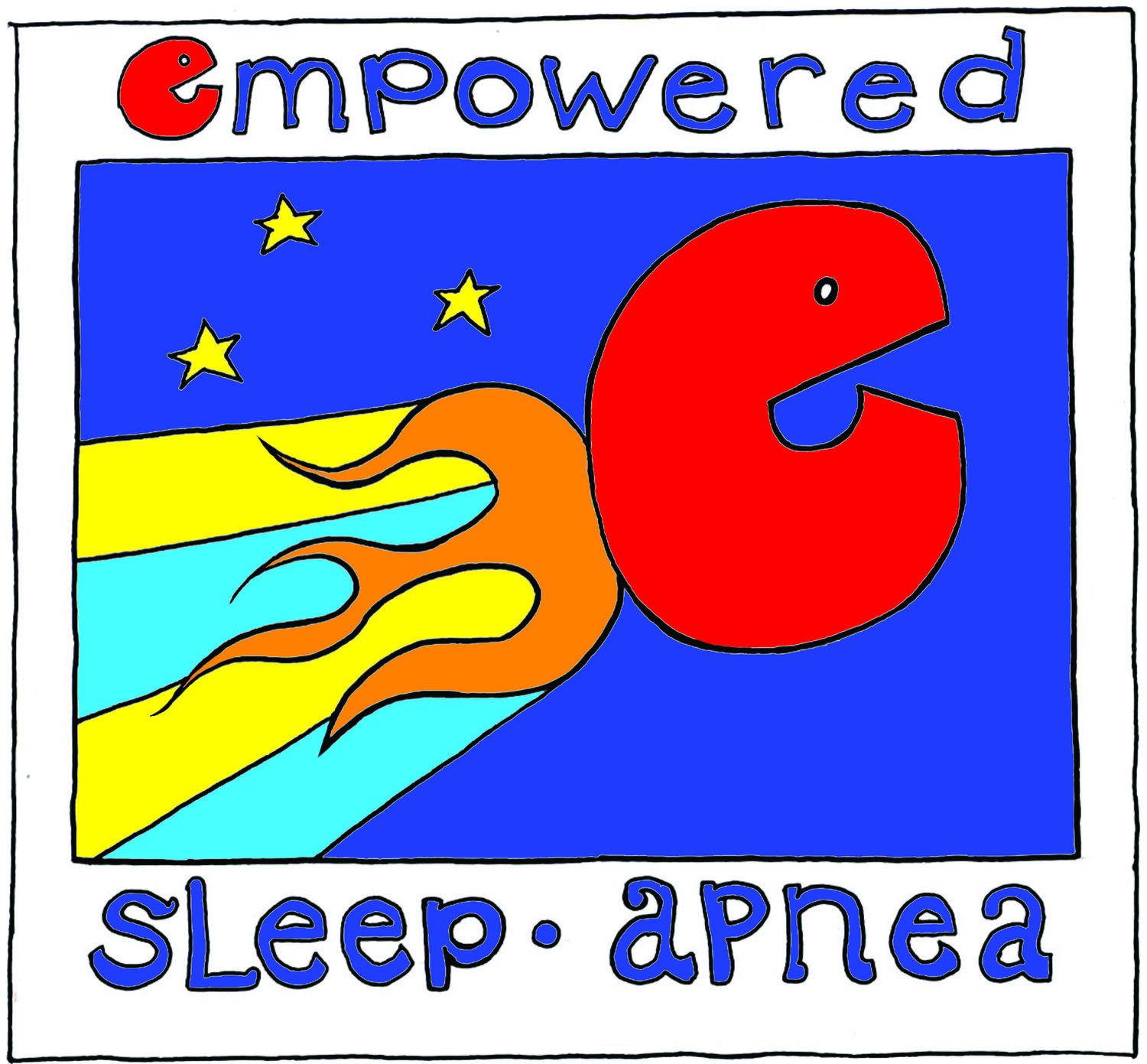The Next Level of Patient Care is Navigating the System Itself
Or: The Elephant in the Room
Also: EMPOWERMENT SAVES!
April 25, 2023
By David E McCarty MD, FAASM (but you can call me Dave)
~ ~ ~ ~ ~
My roommate got a pet elephant. Then it got lost. It’s in the apartment somewhere.
—Stephen Wright
…it’s in here somewhere…
…isn’t it time to talk about it?…
~ ~ ~ ~ ~
Look around and you’ll see lively debate about “the best way to deal with Sleep Apnea.”
I’ve been thinking quite a bit lately about the harm that can befall an individual patient who attempts to navigate what has become a strange, fractured, and increasingly siloed healthcare environment. I’ve noticed that the very term Sleep Apnea means different things to different people.
Let’s take a tour of the different silos, to see what we can learn!
If you’re a medical provider in a traditional Sleep Medicine practice, Sleep Apnea is a floppy airway problem that can be resolved with CPAP.
You sigh lamentably that only half the population tolerates it, so you do your best to encourage people, while dutifully informing them of the substantial risks of non-treatment. It burns your biscuits that dentists are pretending to practice medicine, because you’ve cared for all the poor souls left behind by profiteering dentists who took cash on promise of a cure, and then turned their backs when the results were unfavorable.
If you’re a successful Dental Sleep Medicine practitioner, Sleep Apnea is a mechanical problem which can be overcome by simply pulling the jaw forward.
You’ve seen more than a few patients who’ve told you about their own hellish experiences with PAP therapy. As a result, you’re quick to acknowledge that PAP therapy is…um…problematic, and you may even start to agree with your patients that physicians seem to have a one-track mind, when it comes to treatment.
If you’re an Airway Centered Dentistry provider, Sleep Apnea is a craniofacial developmental problem begging to be reverse engineered.
You’ve acknowledged the harms caused by chronic mouth breathing and improper tongue function, and you’ve seen miraculous transformations occur once obligate nasal breathing is restored, and functional rehabilitation of tongue mobility has taken place. You’ve personally cared for individuals left behind by a medical system that seems to systematically ignore Sleep Apnea that doesn’t fit the Pickwickian phenotype, and also for those who were abandoned by a dental system that consistently reduces Sleep Apnea to a simplistic mechanical model.
~ ~ ~ ~ ~
Here’s the thing: No matter which silo you’re in, it’s easy to come to the conclusion that the other silos must be populated by chimps! That’s the elephant in the room, and it’s a tough animal for our patients to wrangle.
You’re wrong! I’m right!
When you think your colleagues are chimps, it’s hard to find the energy to listen to them…
~ ~ ~ ~ ~
As our healthcare ecosystem continues to fragment, our patients must navigate an increasing array of choices as to who will provide care for Sleep Apnea, what that care will look like, and how that care will be paid for. They must prepare themselves for a journey which has the potential to cross over into different silos, whilst simultaneously advocating for themselves, and protecting themselves from flashy marketing campaigns that offer a “one size fits all” solution.
Sleep Apnea, as a construct, is evolving, and our understanding of how to provide guidance to our patients must evolve, as well. When we view the problem through the lens of different silos that happen to be tinkering with it, we start to see a much larger leviathan, teeming with the complexity of many moving parts.
Having said all this, I offer the following consideration: the future of Sleep Apnea management is bigger than individual silos. The future of Sleep Apnea management isn’t a specific treatment.
It’s patient empowerment.
Let’s get to work!
~ ~ ~ ~ ~
N.B. An adapted version of this essay appeared in Oral Health magazine, appearing as: McCarty DE. The Next Level of Patient Care is Navigating the System Itself. Oral Health 2023. Published online 30 Mar 2023, print edition, April 2023, page 63



